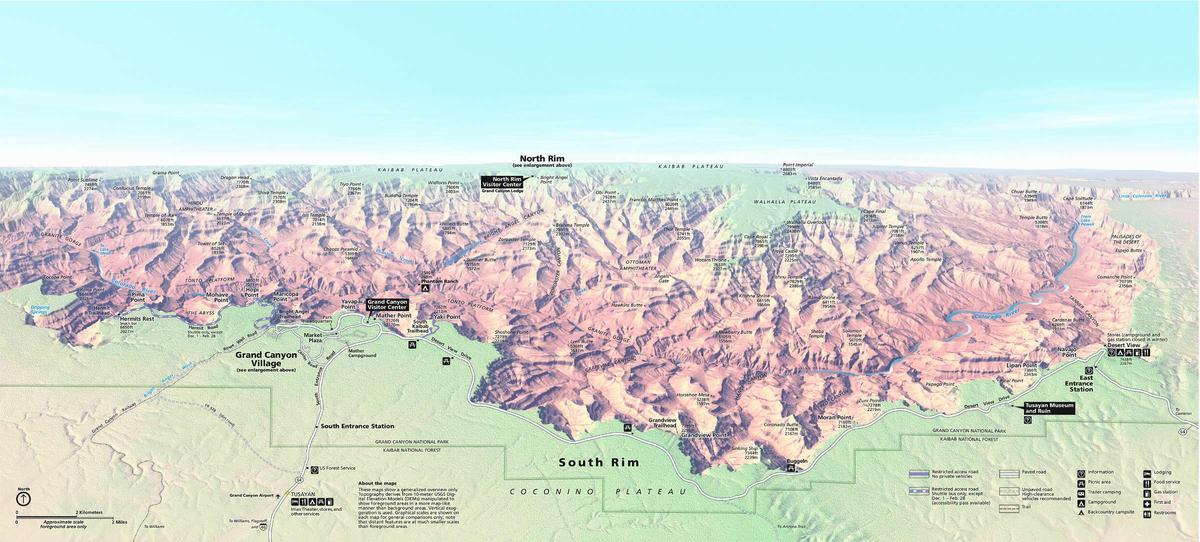Grand Canyon NP--Moran Point
Grand Canyon NP--Moran Point
Grand Canyon Village, Arizona 86023
Official WebsiteDesert View webpage
Desert View map
Grand Canyon National Park website
Grand Canyon National Park maps
Tips for Birding
In-depth information is found on the Grand Canyon National Park website.
About this Location
Along with Desert View, Grandview and Yaki, Moran is one of the most visited points on the east rim drive and offers far-reaching views along a wide section of the Grand Canyon, approximately between river miles 87 and 72. The point is due south of Cape Royal on the North Rim – just 8 miles away in a straight line but 215 miles by road. The promontory is reached by a short spur road and was named after the landscape painter Thomas Moran who came here for the first time in 1873 and helped popularize the canyon, leading eventually to its incorporation as a national monument in 1908 (and a national park in 1919).
To the west, Coronado Butte blocks some of the southern cliffs but there are still fine views downriver over a succession of red ridges and ravines, as far as Yaki Point where the Colorado bends back south. The eastern aspect is more restricted, by Zuni Point and ridges below.
Directly below Moran Point is Red Canyon, a very colorful tributary and especially so at the lower end where deep red/orange layered rocks are exposed, formed of Hakatai shale. This location is one of many unconformities in the strata of the canyon, where adjacent rocks are separated by long periods of geological time – here the flat, light-colored plateau between Red Canyon and the next drainage north (Mineral Canyon) is formed of Bright Angel shale from the Cambrian era and is over 600 million years younger than the pre-Cambrian Hakatai. The New Hance Trail runs along Red Canyon and meets the Escalante Route opposite Hance Rapids, which are just visible from the rim.
About Grand Canyon National Park
See all hotspots at Grand Canyon National Park
Grand Canyon is considered one of the finest examples of arid-land erosion in the world. Incised by the Colorado River, the canyon is immense, averaging 4,000 feet deep for its entire 277 miles. It is 6,000 feet deep at its deepest point and 18 miles at its widest. However, the significance of Grand Canyon is not limited to its geology.
The Park contains several major ecosystems. Its great biological diversity can be attributed to the presence of five of the seven life zones and three of the four desert types in North America.
The five life zones represented are the Lower Sonoran, Upper Sonoran, Transition, Canadian, and Hudsonian. This is equivalent to traveling from Mexico to Canada.
The Park also serves as an ecological refuge, with relatively undisturbed remnants of dwindling ecosystems (such as boreal forest and desert riparian communities). It is home to numerous rare, endemic (found only at Grand Canyon), and specially protected (threatened or endangered) plant and animal species.
Over 1,500 plant, 355 bird, 89 mammalian, 47 reptile, 9 amphibian, and 17 fish species are found in the park.
Content from Official Website and Grand Canyon National Park website
 Grand Canyon Panorama Map
Grand Canyon Panorama Map